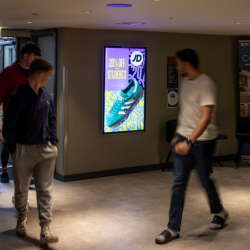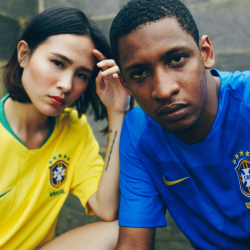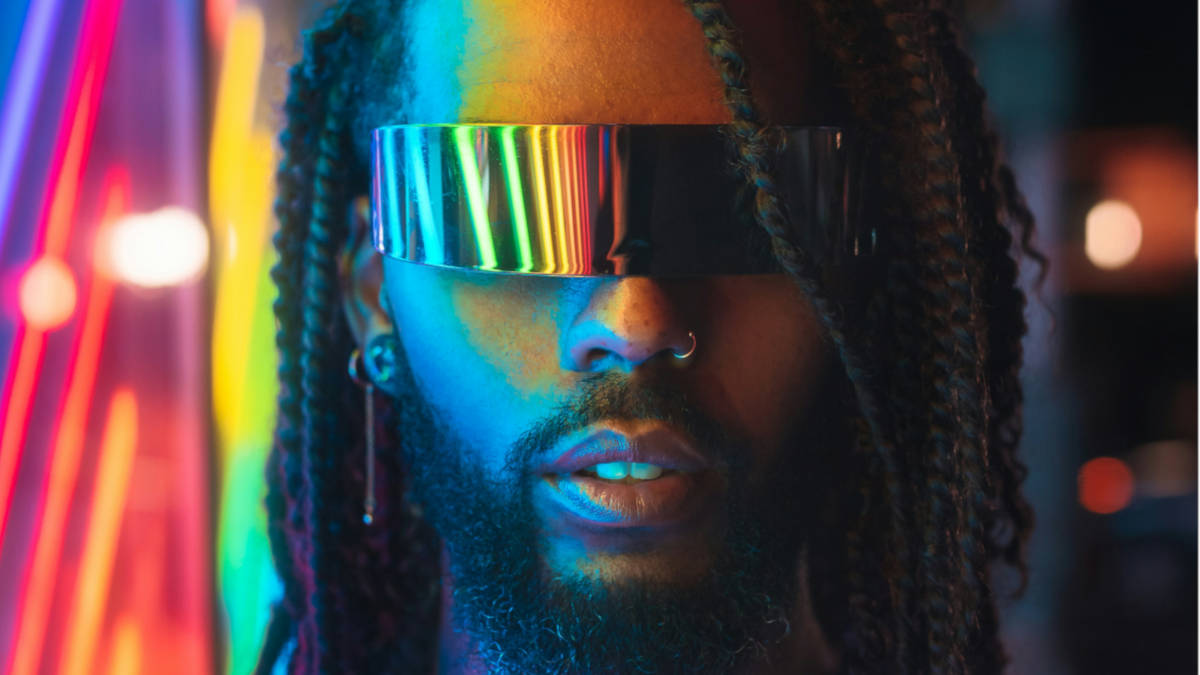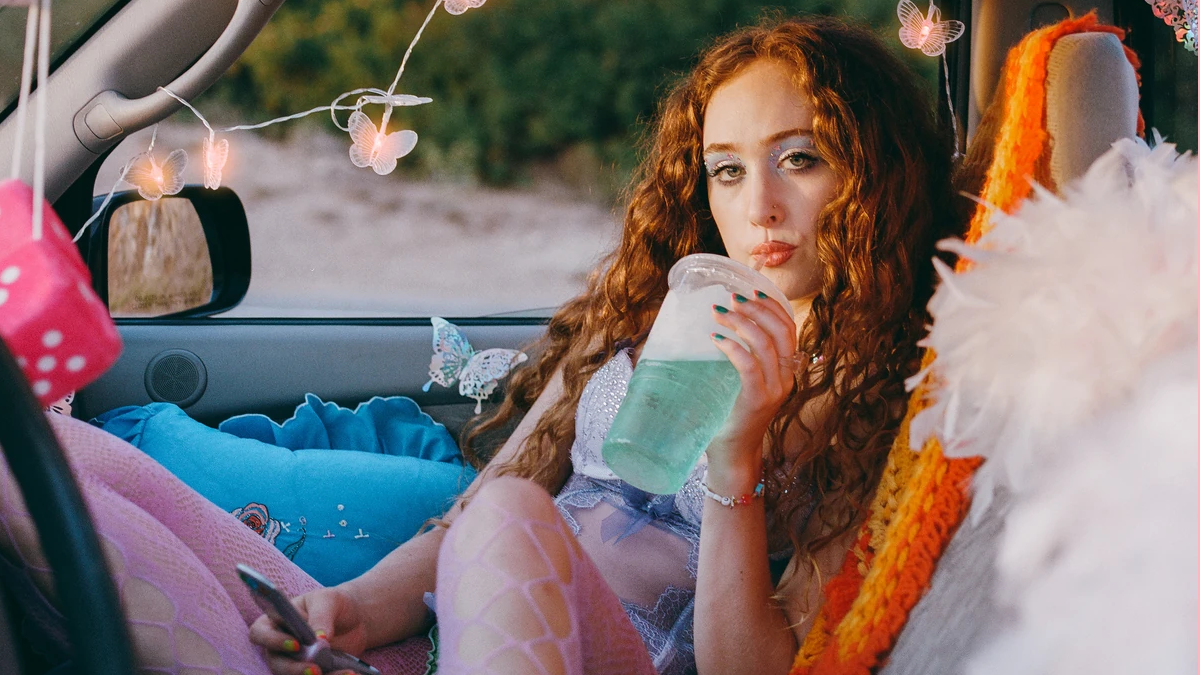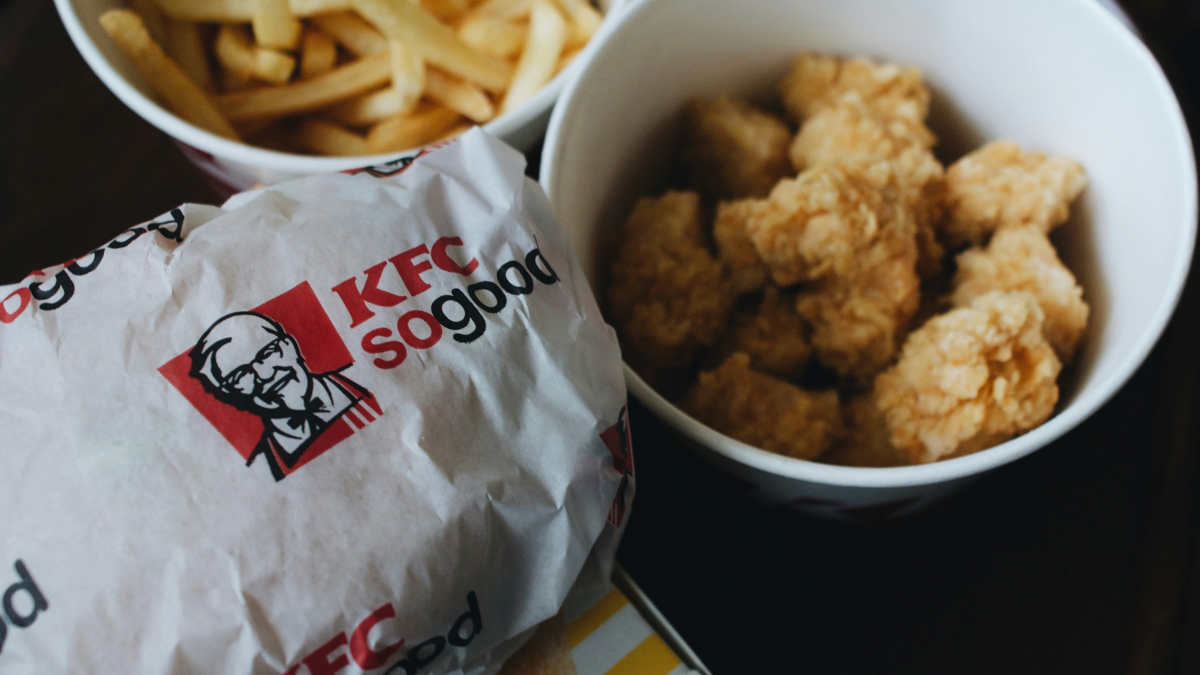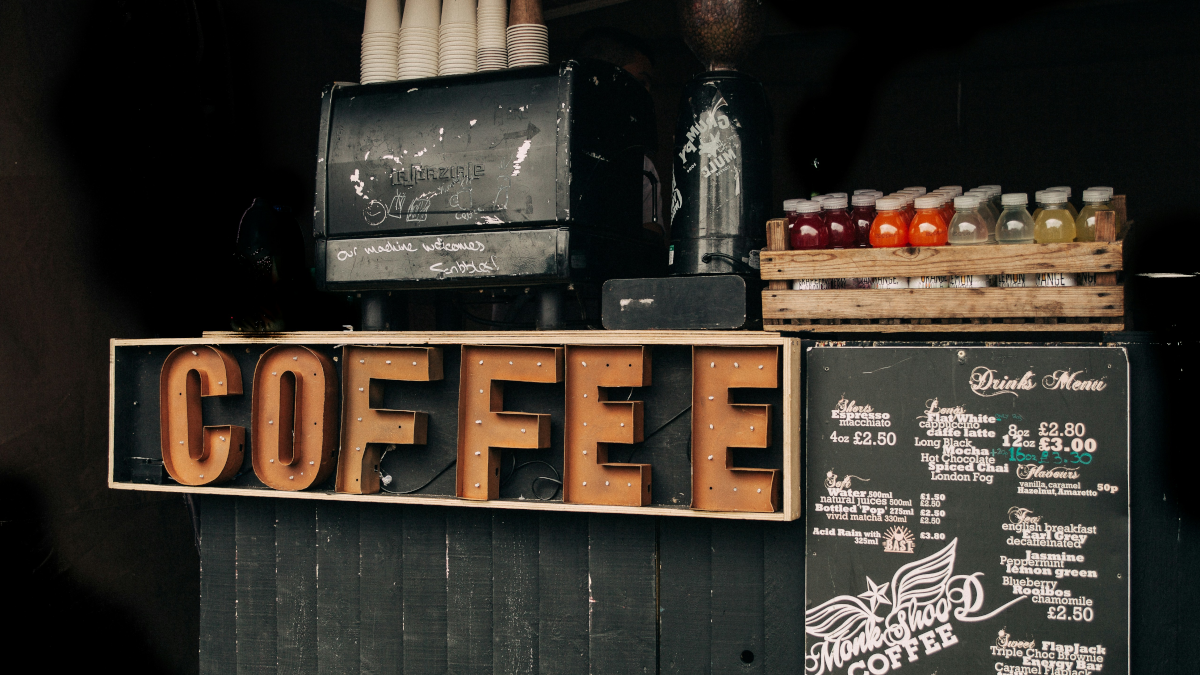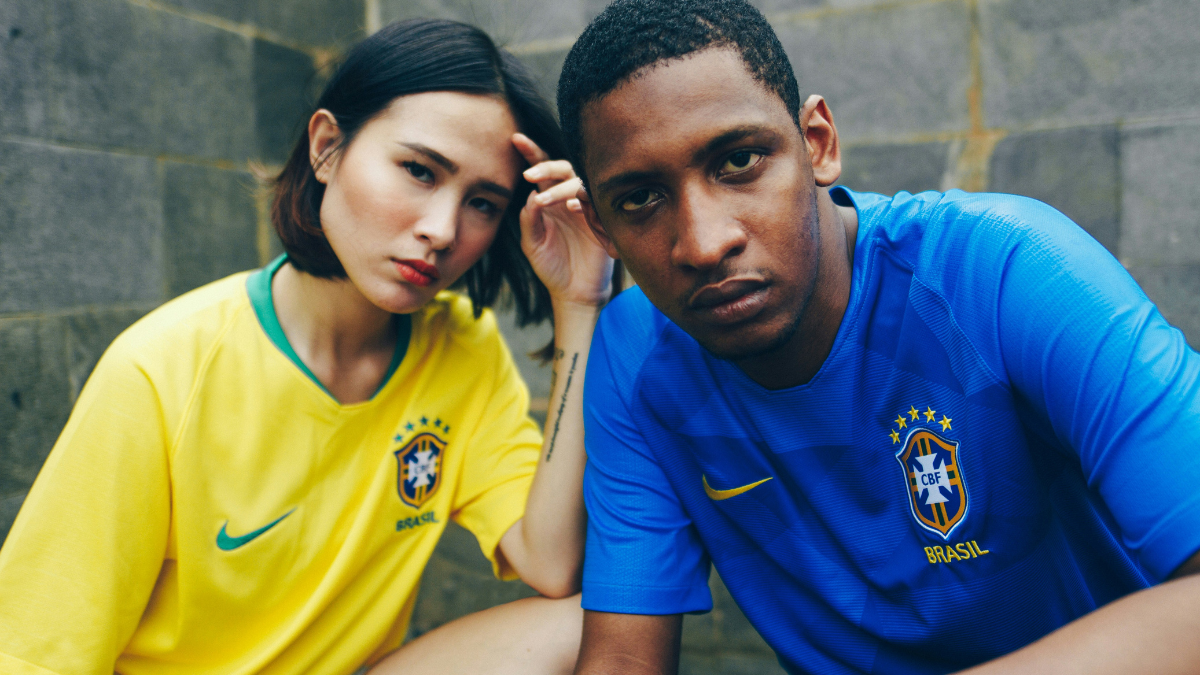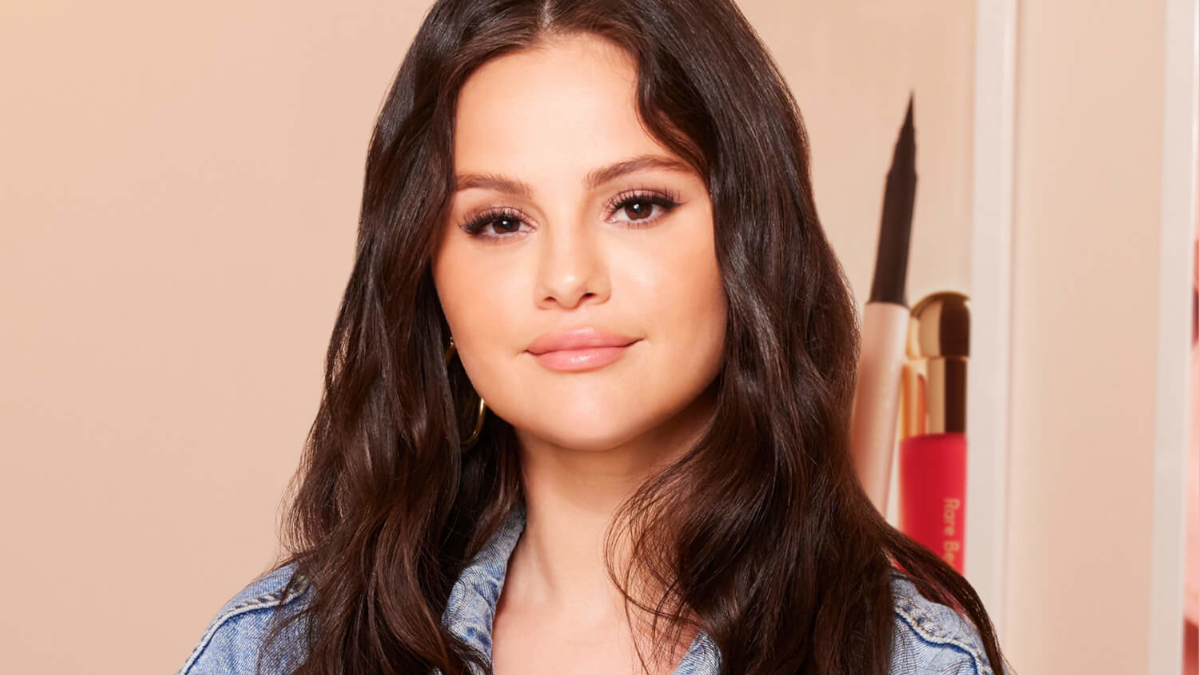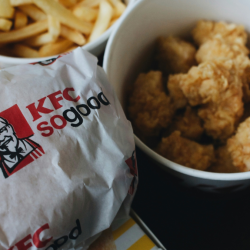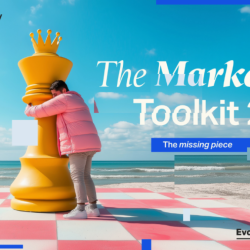Pride month is a time for LGBTQI+ strategists to both celebrate their identities and, with a mix of cringe and schadenfreude, observe brands’ often failed attempts to engage in Pride — commonly known as rainbow-washing. This phenomenon is widely discussed in progressive creative circles, where the consensus is clear: to avoid rainbow-washing, brands must commit deeply to social causes and authentically represent LGBTQI+ stories.
Yet, there’s a subtler form of rainbow-washing that might escape many cis-het people, but is glaringly obvious to the queer community—sometimes, despite sincere efforts, the content still ‘feels straight’.
A note from the author: I should preface that ‘queer’ is a loaded term, emotionally dense and variably defined by individuals within the LGBTQI+ community. Here, I use it to denote LGBTQI+ people and content outside ‘traditional societal norms’, and the culture birthed from such ostracization. Importantly, while there’s no singular queer experience, there are shared narratives and understandings common among this diverse group.
Sanitisation of queerness
Recall that the first Pride was a riot, which has since become increasingly sanitised as society accepted a more palatable version of queerness. This often is a necessary step in the liberation of an oppressed group. Today, however, it might be the time to showcase the full spectrum of queer experiences, no matter how eccentric it seems. This sanitisation often occurs under the influence of gatekeepers who, despite progressive aims, dilute queer creative expression to ensure broader acceptability.
Consider Harry‘s 2021 Pride campaign: it had a great message discrediting anti-gay discourse, donated all profits to The Trevor Project, an LGBTQ+ suicide prevention organisation, and involved notable queer figures like drag queen Shea Coulée and photographer Ryan Duffin.
On paper, this campaign exemplifies true allyship and uplifting of queer voices. Yet, in execution, the message felt like a rebuttal of homophobic talking points from the 2000s and the graphic illustrations tripped the indescribable gentleness of Duffin’s work, leaving its true audience — queer people or allies — ambiguous.
Conversely, Levi’s 2024 campaign celebrates the burgeoning queer rodeo subculture with visuals that radiate empowerment and liberation. The message focuses on queer joy and authenticity, showing a more visceral celebration of pride. Featuring a diverse array of notable figures from this scene, the campaign directly addresses the queer community rather than simply patting allies on their back.
Is this even an issue?
In the current political climate, with escalating anti-trans sentiments and the conservative backlash that Pride campaigns faced last year, some may argue that the queer community should be grateful for any support this Pride month. I can empathise with this rhetoric, as it often aims to appease bigots to prevent even larger, possibly dangerous backlash against the queer community. However, I choose to stay optimistic, believing that there are people with power committed to fostering unapologetic Pride and ensuring genuine representation.
This is a crucial lesson for those aiming to develop content, projects, brands, or campaigns that deeply resonate with queer individuals.
Final learning
Allow queer people to lead the creative process and trust their intuition and insight. There are unique intricacies, inside jokes, and expressions of social liberation and angst that those outside the community or without similar experiences may simply not recognise. However, it is these loud subtleties that make the difference. The ‘weirdness’ of the community is a large part of what makes it beautiful.
To contribute our share, WMH&I’s Pride campaign showcases UK-based queer trailblazers in our industry, from copywriters to illustrators to movement directors. We encourage everyone to explore their work and consider contacting them for upcoming projects.
Featured image: Wilmer Martinez / Unsplash




